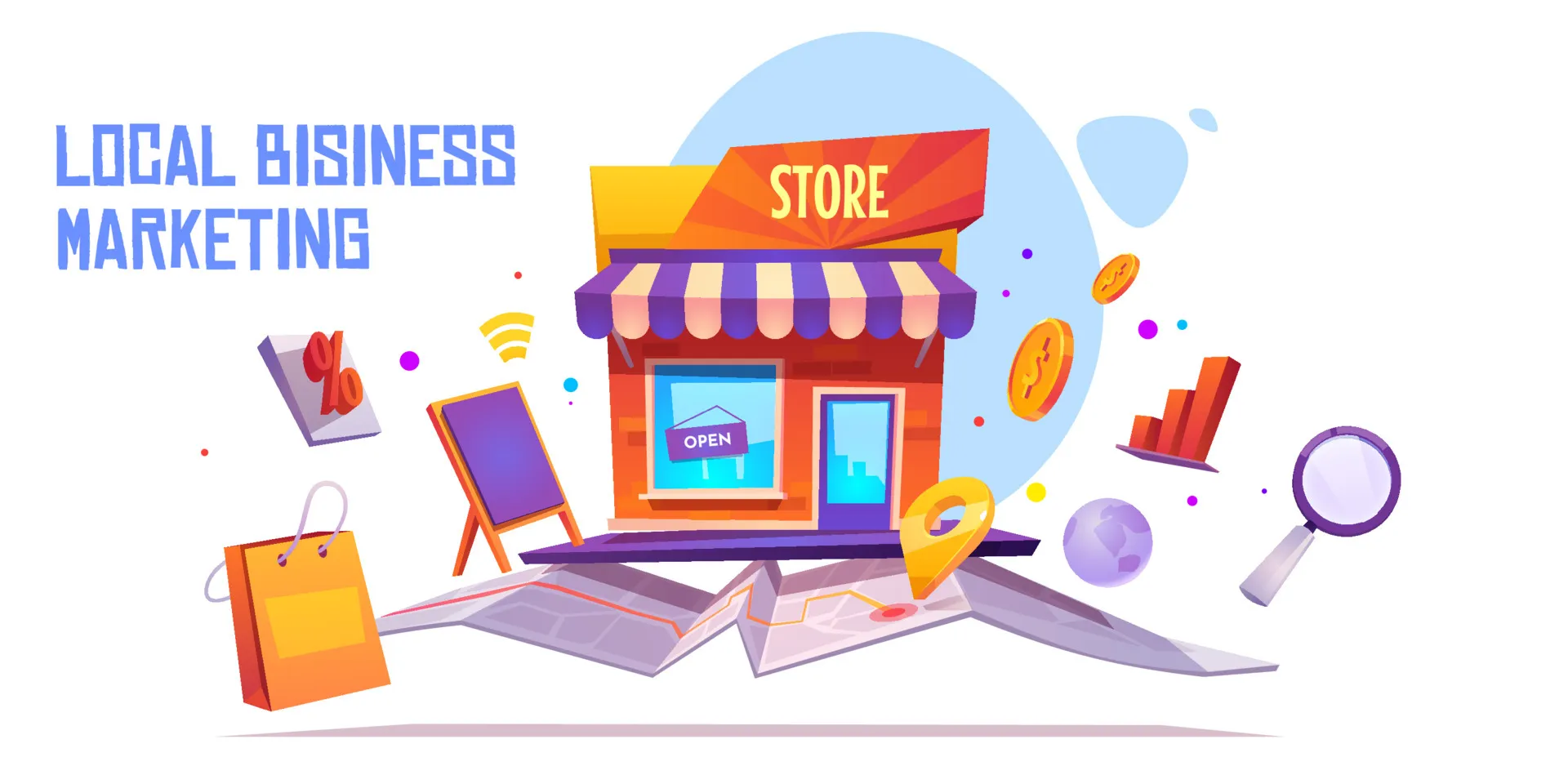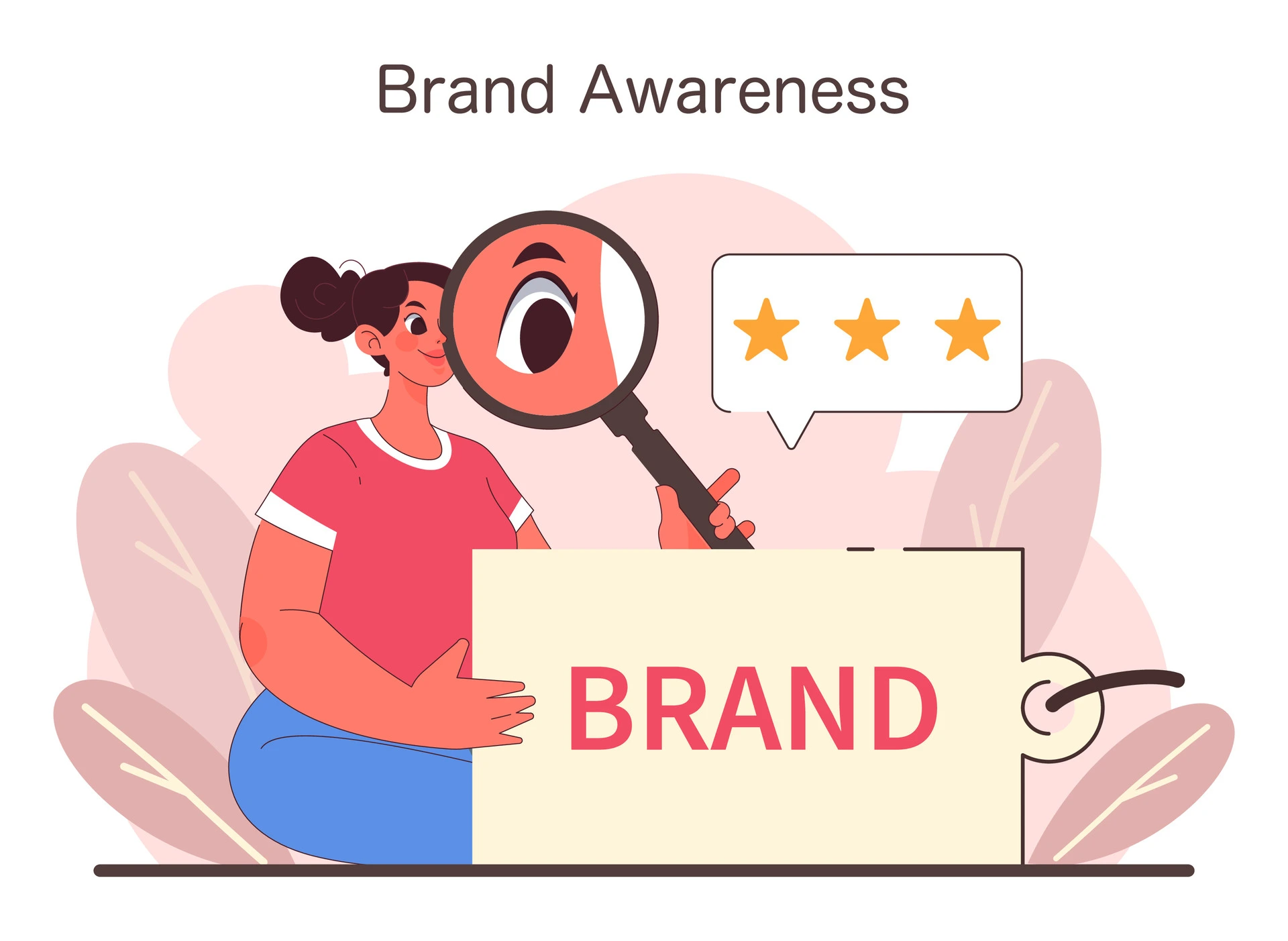Local marketing holds immense significance for small and medium region-based businesses, enabling them to connect with their target audience effectively. It focuses on engaging with customers within specific areas, acknowledging their unique preferences and cultural diversity. In today’s digital era, local marketing has gained even more prominence as consumers turn to online platforms for local searches. Experts suggest that newspaper inserts are a relatively affordable option for hyperlocal advertising, catering directly to local communities. To excel in this landscape, marketers must deploy strategic approaches tailored to local audiences. In this article, we’ll discuss five essential strategies to ace local marketing. Additionally, we’ll highlight the importance of implementing the latest trends and advanced techniques to thrive in the competitive market.
Know More Types Of Marketing Strategies:
- Growth Marketing Strategies for 2024
- The Best Retail Marketing Strategies for 2024
- The Ultimate Guide for Creating a Successful Event Marketing Strategy
The Case for Newspaper Ads in Local Marketing
According to a 2023 report by the Newspaper Association of America, 83% of adults regularly or occasionally read a newspaper, while 56% of young adults between the ages of 18 and 34 read the newspaper either in print or online. Local marketing today is a mix of old-school methods and new digital tricks. While things like local ads, events, and word-of-mouth still work, businesses are also turning to the internet to reach and engage local customers. Online directories, local SEO, social media, and targeted ads help businesses connect with locals more personally and effectively.
Latest Tech-Based Trends in Local Marketing for Businesses
Professionals in local marketing are noticing some exciting trends. One big thing is the rise of mobile marketing since many use smartphones to find local businesses. Voice search is also becoming popular, so it’s essential for businesses to optimise for voice-enabled devices. Plus, augmented reality (AR) and virtual reality (VR) are adding immersive experiences to local marketing efforts, making brands more engaging.
Advanced techniques like data analytics, AI, and machine learning are changing how businesses do local marketing. By analysing customer behaviour using AI tools and tech, businesses can tailor their strategies to suit local tastes better. AI-powered chatbots improve customer service, while predictive analytics help anticipate market trends, keeping businesses ahead of the game.
Strategy 1: Combining Online with Offline
1.1 Maximising Visibility with Local SEO and Offline Advertising
In today’s digital age, leveraging local SEO alongside offline advertising can significantly enhance your business’s visibility. By listing your business on Google and optimising it for local searches, you can ensure maximum exposure on search engines. However, it’s crucial not to overlook the impact of offline advertising, particularly through newspaper ads. Combining both strategies can yield remarkable results in reaching your target audience effectively.
1.2 Diverse Options in Local Marketing Ads
Newspapers and radio offer a plethora of options for local marketing ads, catering to varied preferences and budgets. From native articles seamlessly blending with editorial content to paid feature stories and advertorials in prominent sections like City pages or page 3, the opportunities are vast. Additionally, editorial coverages and engaging vox pops on local radio channels further enrich the advertising landscape, allowing businesses to connect with their local community in meaningful ways.
1.3 Success Stories in Newspaper Ads for Local Marketing
A leading FMCG haircare brand faced a declining market share in the hyperlocal market of Delhi-NCR. To address this, they collaborated with HT City, a city-based supplement of Hindustan Times, employing various strategies including advertisements, Vox Pops, and editorial articles. This partnership aimed to enhance brand visibility, engagement and customer trust. Through HT City’s wide readership and influence, the brand effectively reversed its declining market share, leveraging the local connect and consumer insights offered by the collaboration. Click Here To Read More
Strategy 2: Utilising Print Media & Radio
2.1 Why Print Media is So Effective
Print media, like local newspapers, is trusted by people. They rely on newspapers to stay informed on the latest news and information, making them a powerful tool for brands. Being featured in a newspaper gives brands a sense of safety and credibility. Similarly, radio channels are popular and trusted sources of local information and entertainment.
2.2 How Local Brands Can Use Print Media and Radio
Local brands can do more than just place ads in newspapers; they can also aim for editorial coverage. By sharing interesting stories about their business or getting involved in local communities, brands can build trust and awareness. Similarly, radio offers a platform for brands to engage with their audience through storytelling and promotions.
2.3 Tips for Effective Use of Print and Digital Media
To make the most of print and digital media, brands should combine them seamlessly. By using data to guide their content and distribution strategies, they can reach their target audience more effectively. Collaborating with local newspapers and radio stations can also help expand their reach within the community.
Strategy 3: Partnering with Local Influencers for Newspaper Feature Stories
3.1 Why Partnering with Local Influencers Matters
Local influencers are like friendly guides in the online world. When they talk about something, people listen. By teaming up with them, your brand can become the talk of the town, especially in local newspapers.
 3.2 How Influencers Help Your Brand Shine in Newspapers
3.2 How Influencers Help Your Brand Shine in Newspapers
Think of influencers as your brand ambassadors. For example, if your local business organises or is a part of an event attended by influencers, it helps in catching the attention of newspaper editors. Their endorsement adds weight to your brand story, making it more likely to feature in local newspapers.
Learn more about how the Ambience Group partnered with HT Media’s influencer-led awards event She Slays, and increased their brand consideration by 17% in this case study.
3.3 What’s Hot in Influencer Marketing Locally
The trend now is all about authenticity and community. People want real connections, not just flashy ads. That’s why micro-influencers, with their small but devoted followings, are gaining traction.
3.4 Finding the Right Influencers Made Simple
Finding the perfect match for your brand among the sea of influencers isn’t hard. Tools like social media listening and audience analysis can help. And remember, it’s all about building genuine relationships with influencers who share your brand values.
3.5 Micro-Influencers: Your Ticket to Targeted Engagement
Micro-influencers may have fewer followers, but they pack a punch when it comes to engaging specific groups. They’re perfect for reaching niche markets or specific localities, ensuring your message hits home.
3.6 Tracking Your Success with Influencers
Measuring the impact of influencer partnerships is key. Keep an eye on metrics like reach, engagement, and conversions. Unique links and promo codes can also help track how much business comes from influencer collaborations.
Strategy 4: Combining Location-Based Social Media Marketing with Radio Jingles
Location-based social media marketing with radio jingles is a smart way to grab attention and connect with local audiences. Let’s break it down:
4.1 Latest Trends in Location-Based Social Media Marketing
Using platforms like Facebook, Instagram, and Snapchat, businesses can target people in specific areas based on their interests and behaviour. This means you can reach the right people in the right place at the right time. It’s like talking directly to your neighbours!
4.2 How Radio Jingles Can Work in Location-Based Marketing
Radio still has a big impact, especially locally. Local brands can harness radio for targeted advertising, sponsorships, promotions, and events to engage with the community. Personalised messaging, consistency, and cross-promotion amplify brand visibility and connection within the local market, enhancing brand recognition and customer engagement.
Strategy 5: Using Geofencing and Geo Targeting
5.1 Understanding the Latest Trends
Geofencing and geo targeting are becoming big in digital marketing. Geofencing refers to setting up virtual boundaries around places, while geo targeting helps send content to people based on where they are. These tools are popular because they help personalise marketing messages, making them more relevant to consumers.
5.2 Smart Ways to Reach Local Audiences
To make the most of geofencing and geo targeting, marketers are using smart tactics to reach specific local audiences. They do this by dividing people into groups based on things like where they live, what they like, and what they’ve done in the past. This helps create targeted campaigns that speak directly to local consumers. By combining location data with other details, marketers can make their messages even more personalised.
5.3 Examples Showing Real Impact
Ola incorporates location-based marketing to enhance customer experience. Specifically, Ola introduced features such as Ola Hotspots, which identify popular high-demand areas like tech parks, malls, and public spaces, and Snap to Historic Pick-Up, which utilises a customer’s past rides to suggest current pickup locations when maps cannot be precise enough. Additionally, Ola enables sharing directions with drivers, which helps overcome challenges related to navigating complex urban landscapes. These initiatives align with the principles of location-based marketing described in sources such as Marketing Evolution.
FAQs for Local Marketing Strategies
1. What is local marketing, and why is it important?
A: Local marketing focuses on engaging with customers within specific regions, acknowledging their unique preferences and cultural diversity. It’s crucial for businesses as it helps them connect effectively with their target audience, enhancing brand visibility and loyalty within local communities.
2. How has local marketing evolved in the digital era?
A: In the digital age, local marketing has gained prominence due to consumers’ reliance on online platforms for local searches. Businesses are leveraging strategies such as local SEO, social media marketing, and targeted online ads to reach local audiences more effectively.
3. How can businesses combine online and offline strategies for local marketing?
A: Combining local SEO with offline advertising channels like newspapers can maximise visibility. Listing the business on Google and optimising it for local searches alongside placing newspaper ads can ensure comprehensive reach within the local community.
4. Why is print media effective for local marketing?
Print media, such as local newspapers, is trusted by people for news and information, providing a sense of credibility and safety for brands. Being featured in newspapers can enhance brand awareness and trust among local audiences.
Ready to take your brand to the next level? Connect with us today to explore how HT Media can amplify your presence across our diverse portfolio of 25+ brands and properties. Let's turn your brand vision into reality!


















Comment